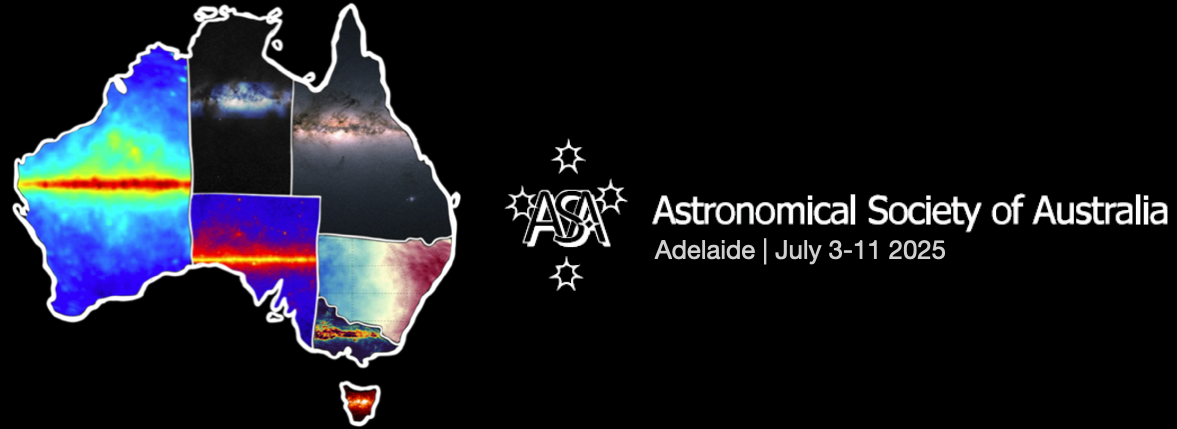Speaker
Description
Optical communication is an alternative to radio for ground-to-space communication, providing more flexibility, larger bandwidth, and higher security. However, optical links are much more sensitive to the atmospheric turbulence. While downlinks can be corrected with adaptive optics (AO) at the ground terminal, uplinks present a more significant challenge due to power and space constraints. We present a novel method for atmospheric pre-compensation using photonic lanterns as the AO instrument. By altering the intensities and phases of the single-mode end of the photonic lantern, we can tailor the output electric field of the multimode end. A proof-of-concept experiment confirms the pre-compensation correction possibilities of a 3-port photonic lantern for simulated atmospheric turbulence in C-band. Intensity and phase modulators are used to adaptively inject the appropriate superposition of input modes in a three-mode fiber to achieve the desired output. A Stochastic Parallel Gradient Descent (SPGD) algorithm drives the modulation of the single-mode fiber array. We also present a novel simulation framework for photonic lantern pre-compensated AO uplinks, extending results to 7-port and 19-port lanterns.

